En passant is a French term used to describing something that happens merely in passing. It is a good descriptor for many of the things I see: I head out for A, and happen on B—en passant. Here are some examples.
I was watching chicks of the Spotted Sandpiper when I saw a Northern Rough-winged Swallow.
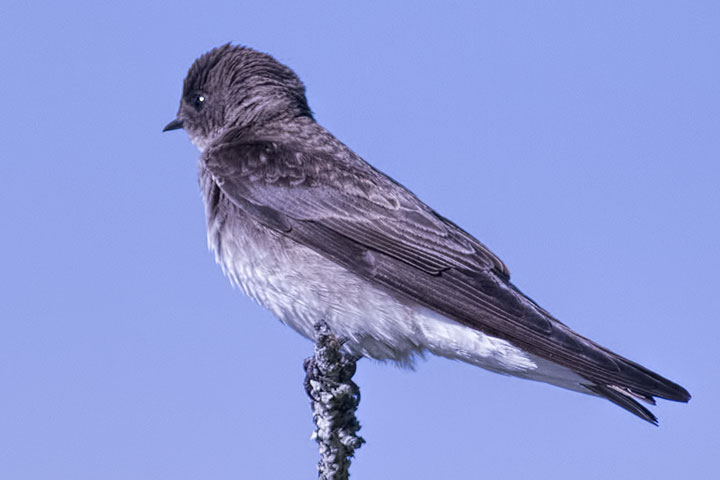
I was looking for the Three-toed Woodpecker when I saw the chick of a Roughed Grouse.
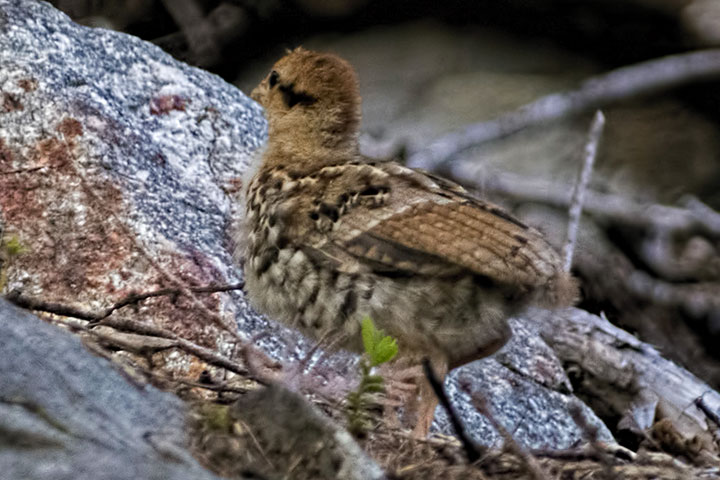
I was looking for Osprey chicks when I saw a Yellow-bellied Marmot (who had been feeding on flowers).
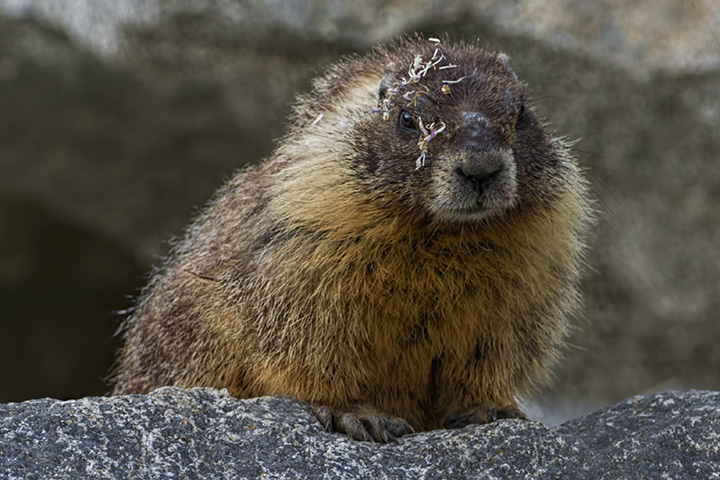
I was looking for some more Osprey chicks when I spotted a Barn Cliff Swallow chick in its nest.
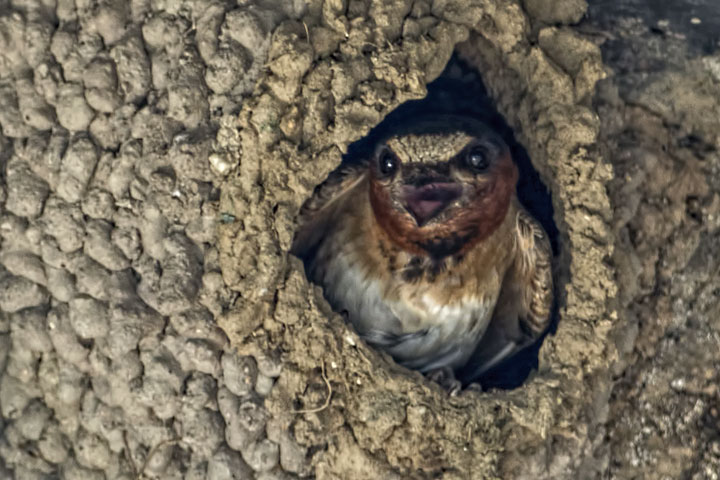
I was hunting the familiar crab spider (Misumena vatia) on flowers and I encountered its even smaller (and hairier) relative—possibly a Misumenops asperatus.
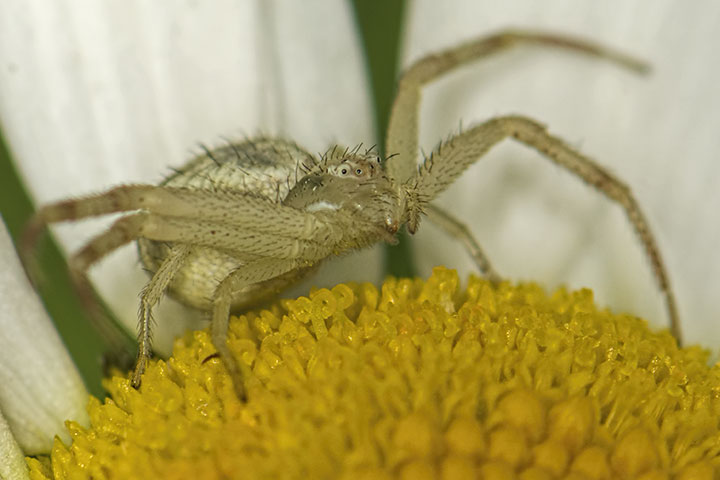
Upon returning from the Osprey expedition, I watched a Song Sparrow capture a dragonfly larva.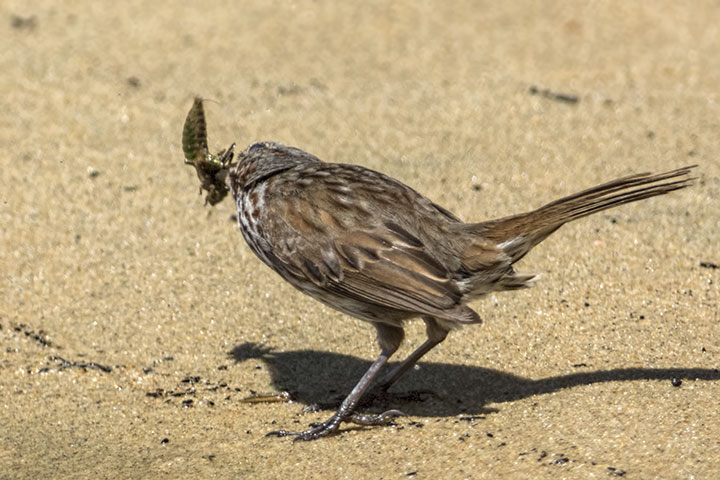
Again, the trip to look for Osprey chicks, revealed the landing of a Great Blue Heron.
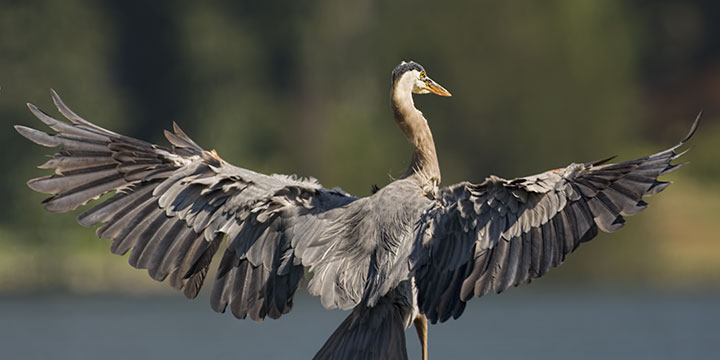

I am so enjoying your daily blog. Not only is it informative, it encourages me as a photographer to have my camera ready at all times. Thank you Alistair.
Eileen, I rarely go any distance from my door without a quick-on-the-draw camera—you just never know when the heron will fly by.
I, too, enjoy your blog very much and am always glad to find that you have posted a new one.
In regard to the “Barn Swallow chick in its nest” is there a possibility that it is a “Cliff Swallow chick in its nest”? Around farms great numbers of Cliff Swallows often build their nests one right next to another like apartment houses, sharing common walls. The nests are bulbous in shape, often with a neck like a gourd. (When I was young I thought Cliff Swallows were Barn Swallows because they often built their nests in barns.) Barn Swallow nests are like half a bowl, often attached to a horizontal beam with the top edge of the nest more or less horizontal, too. And is not the white forehead indicative of the Cliff Swallow, not the Barn Swallow? Just wondering …
Jim, indeed you are right. It is a Cliff Swallow. I will make the correction in the posting. Thank you.